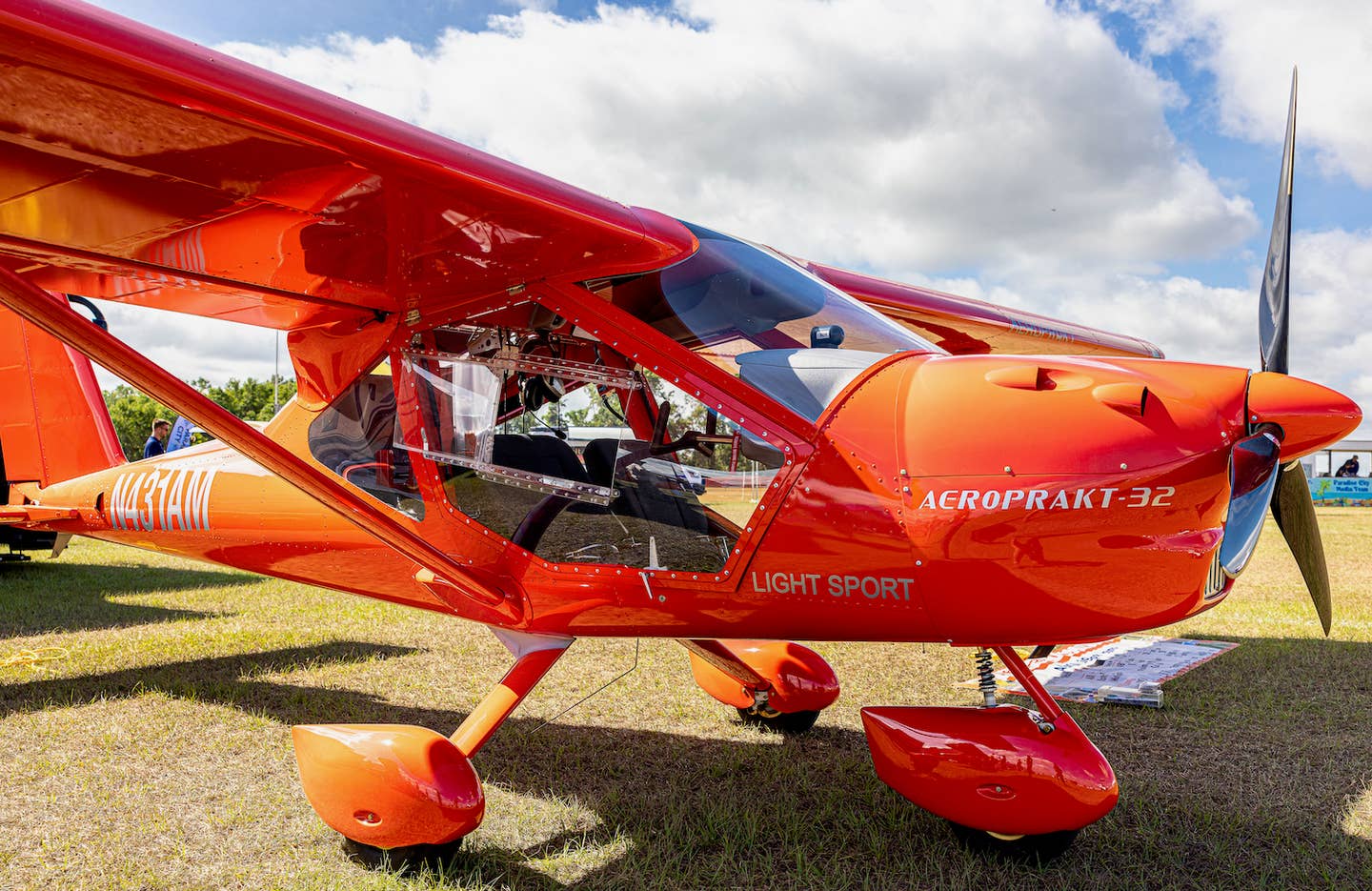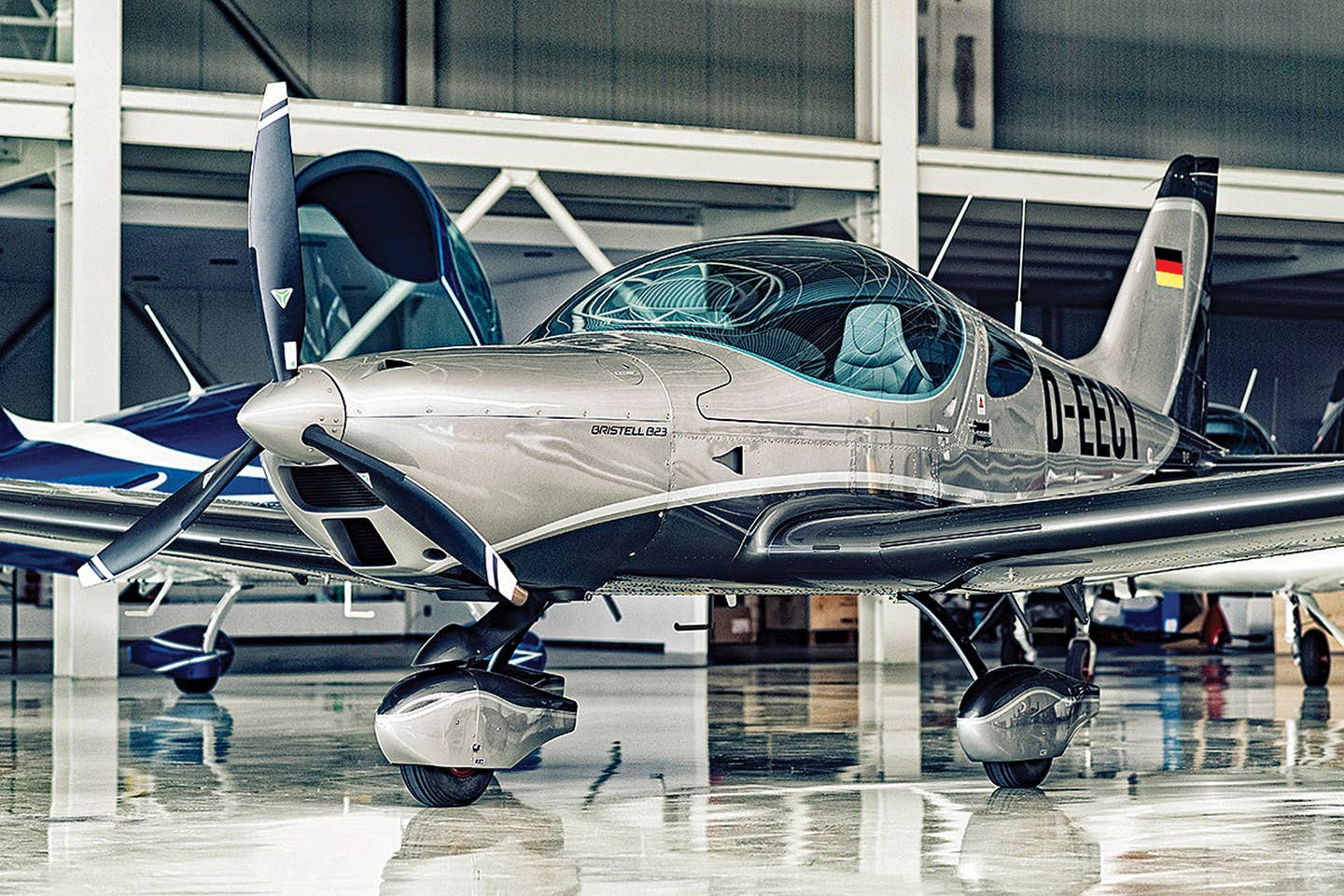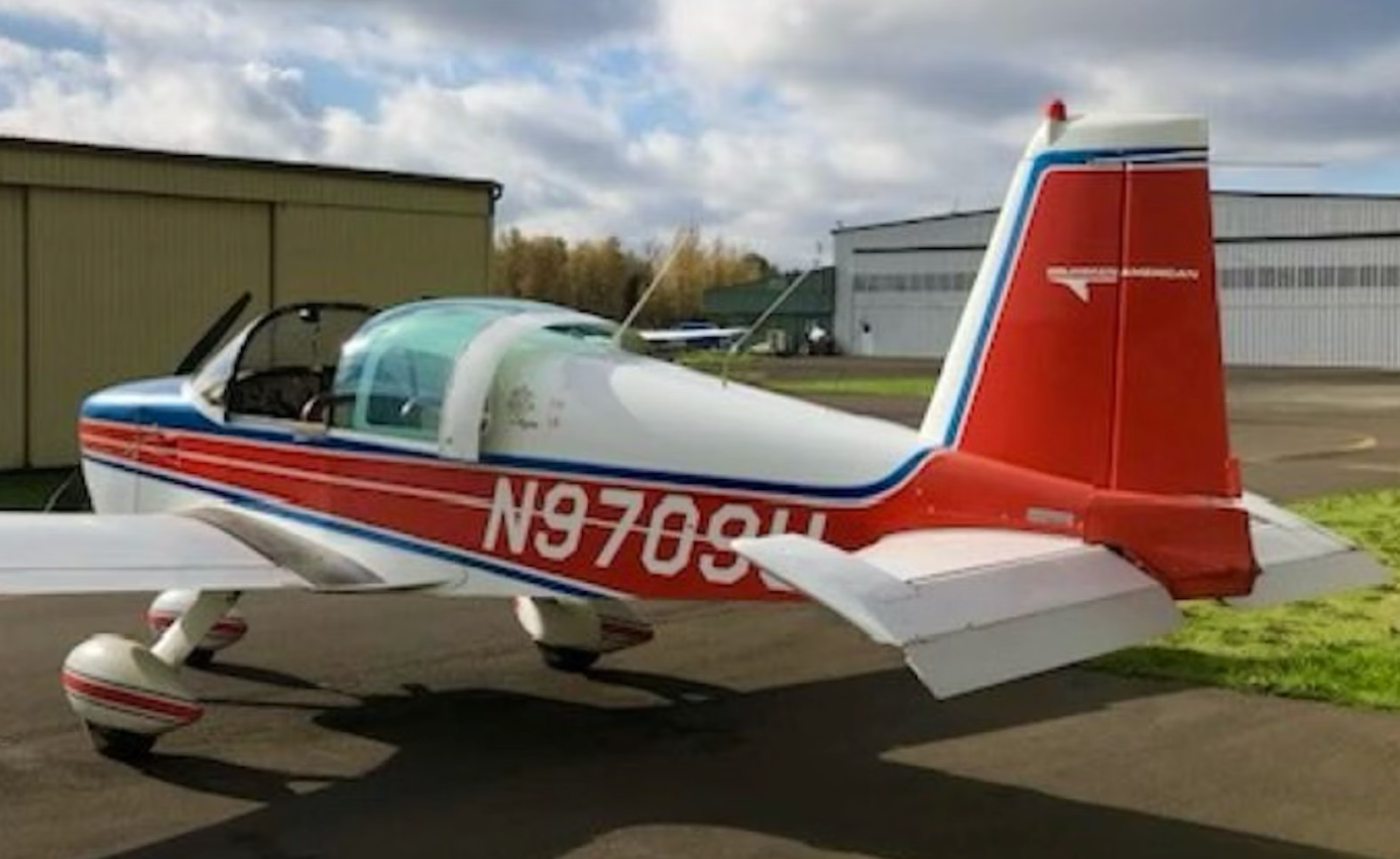A New Lighter Side of Oshkosh
Oshkosh offers something for every pilot and more than any one person can see. I’ll mention this news briefly as I wish to pay respect to fellow pilots. Two accidents…

[Photo: Heavenbound Aviation/Andy Humphrey]
Oshkosh offers something for every pilot and more than any one person can see.
I’ll mention this news briefly as I wish to pay respect to fellow pilots. Two accidents on the weekend after we departed resulted in four fatalities, reportedly including one passenger. My sincere condolences to the surviving families. Oshkosh has enjoyed safe years with no loss of life, but when so many airplanes assemble, mathematical odds suggest that something is going to happen despite incredible efforts to make the event as safe as possible
In the heat of Oshkosh 2023, people proved adept at finding shade where they could, in this case, that offered by a tailplane and fuselage. During the week, a few Wisconsin days were rather warm. Cooling rains came mostly at night, sparing the airshow but surely soaking campers in tents. The campgrounds were full to the edges, and the Experimental Aircraft Association opened multiple other locations to handle the overflow. AirVenture’s campground metric—Camp Scholler can accommodate 40,000 campers, and that wasn’t enough—plus thick throngs of people to weave around anywhere I walked on the showgrounds suggested a great turnout to me. Indeed, EAA president and CEO Jack Pelton reported more than 677,000 visitors.
MOSAIC and More
Given the FAA’s earlier-than-predicted release of the highly anticipated NPRM (Notice of Proposed Rulemaking), it's no wonder that the Modernization of Special Airworthiness Certification (MOSAIC) was on the minds of many aviators. The two things that are no longer included are drones and multicopters. Once they were removed, the regulation went forward swiftly.
MOSAIC burst upon the scene bearing some unanticipated surprises. Through its proposal, the FAA has confirmed that the industry did well regulating itself. The FAA has said repeatedly, “We want industry to do more.” ASTM International’s F37 light sport aircraft (LSA) committee members have clearly done an impressive job.
Various groups will closely examine the NPRM, producing summaries as soon as possible, so you can digest it and compose your response. I hope each of you will let the FAA know what you think, but write your own words. Scanning technology allows the FAA to group identical responses as one response, so say whatever you think, but don’t copy and paste language others have proposed. Also, be polite and constructive—ranting will not help.
- READ MORE: The Practical Magic of Economical Buys
Fly at Night?
Here’s one part of the NPRM that generated many comments. The question was raised: “Can a sport pilot fly at night…without a medical?”
One commenter wrote: “‘The FAA stated at a forum...[at Oshkosh 2023] that, yes, the intent is that for night flight a medical or BasicMed is required. The reason given was that they did not have enough trust in state driver agencies to adequately check eyes.”
I’m sure the person heard and quoted the FAA guys correctly. However, reading the Federal Register release of MOSAIC, I still believe the agency will use endorsements to allow sport pilot certificate holders to receive training in pursuit of skills for night flying, retractable gear, adjustable props, and even IFR. The language in the NPRM supports this on page after page.
More Aircraft Coming
I know what most readers enjoy, and fortunately I have the same interest. The following flying machines are ones I will be writing about in the days and weeks ahead at ByDanJohnson.com (a member of FLYING Media Group to become AffordableAviation.com over the next few months). By no means are these all the intriguing aircraft I saw at Oshkosh, but they are ones I think you will enjoy the most.
Aeroprakt A-32 Vixxen
I simply have to admire the Aeroprakt team, led by designer Yuri Yakovlev. Everyone on the planet is aware how its home country of Ukraine is under immense pressure from every direction, including Russian missiles flying and bombs dropping. How the team can keep it together is something of a miracle and certainly a credit to its dedication and resolve.
During AirVenture, former importer Dennis Long, who’s still helping, texted to say Aeroprakt had built its 1,500th aircraft. The company isn’t just repeating, though—it’s still innovating. One Aeroprakt on display, the A-32 Vixxen, featured a third door (similar to Jabiru J-230D, Montaer MC-01, and KFA’s Safari XL) to make loading baggage easier and allowing use of the aft space in the Vixxen’s roomy cockpit. New importer Andy Humphrey, who operates as Heavenbound Aviation in Johnstown, Ohio, showed me another Aeroprakt at Oshkosh that was fully equipped for IFR, a use he noted is “permitted for Special LSA when used for IFR flight or recurrent training.” A standard in development by ASTM should allow flight into IMC that is not presently advised.
Hawk Ultra Air
We’ve known Hawk for many years as it celebrated 40 years in 2022 (as did the Part 103 regulation). Today, one organization, CGS Aviation, builds the Special LSA version. In Oshkosh, I met a new engineer hired at CGS who confirmed it is going through the two-seater carefully, creating all-new CAD files that never existed with the original. This is a very worthy effort but prevented the company from displaying at AirVenture.
Bob Santom and son LB focus solely on the single-place CGS Hawks, including models that qualify for Part 103’s wonderful privileges. It turns out both CGS enterprises can stay busy. At AirVenture, the Santoms exhibited their open-cockpit Hawk Ultra Air. I thought it looked good with no Dacron skin covering the structure. I observed different pilots enter the cockpit—one weighing 165 pounds and one 240—and both seemed to fit easily. A 200-to-250-hour build for beginners, the display Hawk Ultra Air makes 103 with an airframe parachute, tipping the scales at a completely proper 278 pounds empty.
Aquilae
The name means eagle in Latin, a great moniker for an airplane even if everyone will ask how to spell it and say it—“ACK-will-ay.” Does it look familiar to you? It did to me as I toured the ultralight area at AirVenture. I had a hint, though.
Mark Mellicker represented the G1 STOL at airshows for the last couple years. As so often happens in aviation and any other business, events changed the organization and another company at AirVenture told me it was representing G1. So I had two clues when I saw Mellicker by the shiny, new airplane. He decided to go on his own and, voila, Aquilae.
When I write more about this, you will see it has a wing-fold system that many buyers like. It’s a large-ish, STOL-capable design like G1, but both G1 and Aquilae owe their design heritage to the Alisport Yuma from Italy, though that look significantly resembles the Zenith 701, the granddaddy of such designs.
Fusion Nano Gyro
I readily admit I was charmed by Fusion’s Nano Gyro when I saw it and reported on it from AirVenture 2021. However, it needed a different engine, and Jeffrey Boyd was already on it with European producer Fusion Copter.
At AirVenture this year, Boyd of Fly Ultralight Nano (FUN) showed an example propelled by a Hirth F23 engine producing 50 hp. He says it has behaved well for him and actually enjoyed success with sales of the modestly priced (less than $30,000) Part 103 aircraft. Big two-seat gyros are fun and essential for training, but once you know how to fly this type of aircraft, Nano might be the last one you ever need.
I tried it on for size in 2021 and loved the way it felt and fit. Now with more substantial and dependable power, I’d bet many more will arrive in the U.S. However, it’s already seen a good run as Fusion now has 35 flying around the world, and Boyd has led the charge in selling 21 units in the U.S. That’s a performance of which he can be proud.
GOGetAir G750
Here’s an aircraft I’ve seen for a few years at the German show, AERO Friedrichshafen, and enjoyed for those 25 years. But it seems appropriate to bring attention to a four-seater as that category will be coming in 16 months if we get “MOSAIC LSA” or MLSA.
Shannon Hankins and Alan Jackson from Scissortail Aerosport LLC are representing the G750 in North America. GoGetAir Aircraft is a fairly new company, arriving on the scene during what might be called the COVID-19 era. It started before the pandemic but had to immediately survive that trying period with its handsome aircraft.
The timing of Scissortail and GoGetAir is marvelous, being right on the cusp of MOSAIC being released. In the meantime, the FAA has registration categories, such as experimental exhibition, that allow the import of a small number of fully assembled aircraft to test the market. By late 2024 or early 2025, we should see MOSAIC become official regulation and then the G750 will easily fit the MLSA category, assuming the company chooses to pursue and declare compliance with ASTM standards. Naturally, we have yet to learn how the FAA will audit a new producer like GoGetAir, although third-party audits have been discussed.
The G750 is a four-seater, powered by the Rotax 915iS. This will be a very common combination when MOSAIC officially arrives, but the G750 also demonstrates style and a beautifully compound-curved leading and trailing edge wing.
Editor's Note: This story originally appeared in the October 2023 issue of Plane & Pilot magazine.

















Subscribe to Our Newsletter
Get the latest Plane & Pilot Magazine stories delivered directly to your inbox






